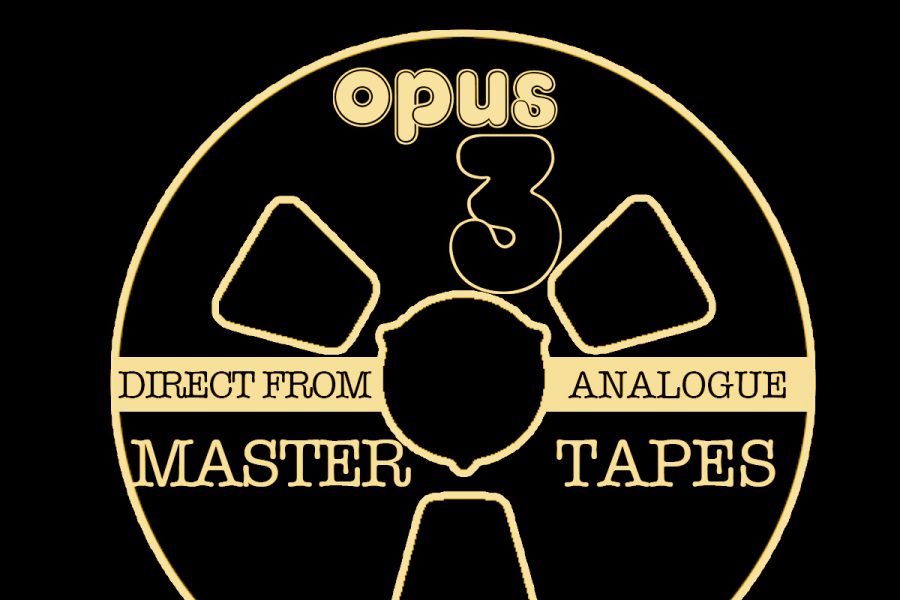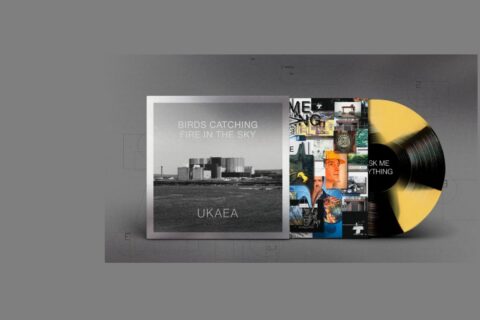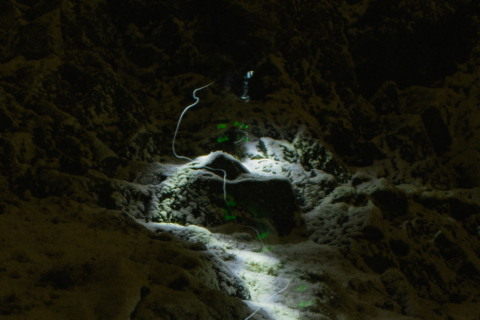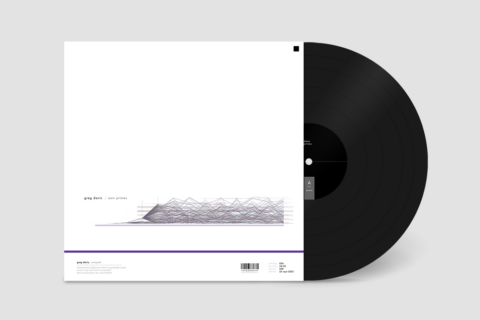Jan-Eric Persson does not represent Opus 3, he is Opus 3. He founded the company in 1976. He’s responsible for the label’s selection of artists and music. He’s the one to decide how the albums are recorded, mixed and marketed. In short, he’s in the command of the whole process.
For almost forty years Jan-Eric made all his recordings on two track analogue tape. In 2001 he changed to digital eight-track technique, and later to 16 channels in his brand new mixing and mastering studio, established to celebrate the company’s 30th Anniversary. The studio was designed by Sweden’s top acoustic engineer Lennart Nilsson. Peder af Ugglas´”Autumn Shuffle”, well known by audiophiles, was the first album from the new premises.
In 2003, Jan-Eric received the Swedish Golden Microphone Award as the best studio recording engineer in Sweden. He’s been giving advanced courses on studio recording and surround recording technique at Piteå Music High School in Sweden.
Inner: Jan-Eric, let me go straight to my point. Opus 3 is first and foremost famous for its CDs/LPs recorded in jazz clubs, churces and other natural venues, and with a minimal number of microphones, legendary examples being albums such as Eva Taylor’s and Benny Waters’ ”Live at the Pawnshop”. Those and many other Opus 3 recordings have been praised by music lovers and audiophiles as often exceptional good sounding. Now with Peder Ugglas’ latest Beyond you seem to have departed from this Opus 3 heritage. Does that reflect a more general shift in how Opus 3 albums are to be recorded?
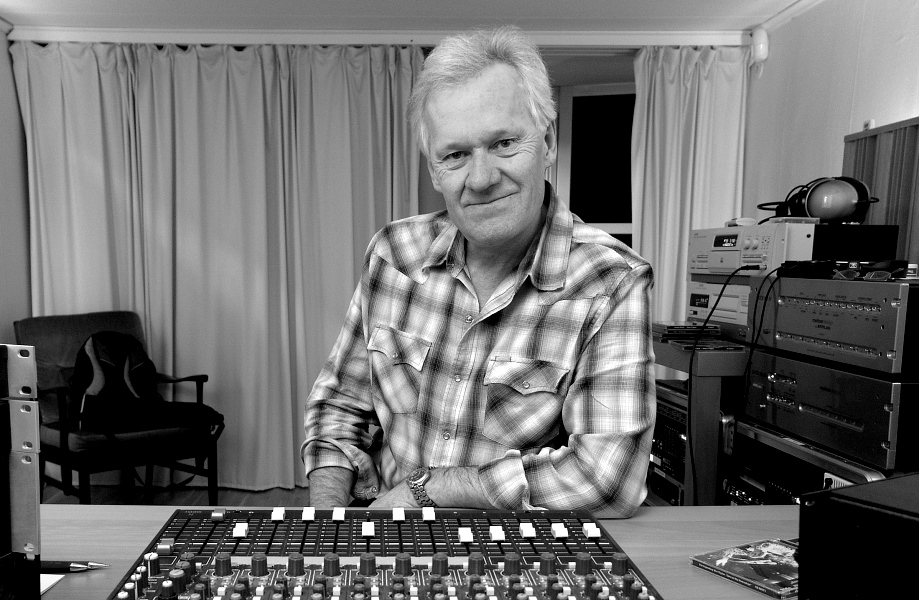 J-E: Not really. Already in 2001 we changed from strict 2-channel analogue recording to 8-channel high resolution digital recording. Since then all of our recordings are also made in surround sound. First album was Global Percussion Network, ”Rauk”.
J-E: Not really. Already in 2001 we changed from strict 2-channel analogue recording to 8-channel high resolution digital recording. Since then all of our recordings are also made in surround sound. First album was Global Percussion Network, ”Rauk”.
Peder’s “Beyond” is recorded in a similar way as before, but this time instead of a digital recorder, we used a computer-recording system similar to Pyramix and ProTools. However, no processing except for some level adjustments and editing between channels has been done in this computer system. All processing with compressors, EQ´s etc. etc. is strictly made out in the real analogue world. To my ears, and I don’t think I’m the only one, computer-plug-ins do not yet sound good enough.
Inner: Which computer system you have?
J-E: Reaper DAW system, it resembles Pro-Tools but is much more convenient and so on. But as I said I always make all the processing in the true analogue domain with classic processors, which are the best that one can have for different purposes. For example, I never use a compressor for having a special sound, only to create a dynamic balance between all the different instruments! There’s a lot to be said here, but it would take too long…
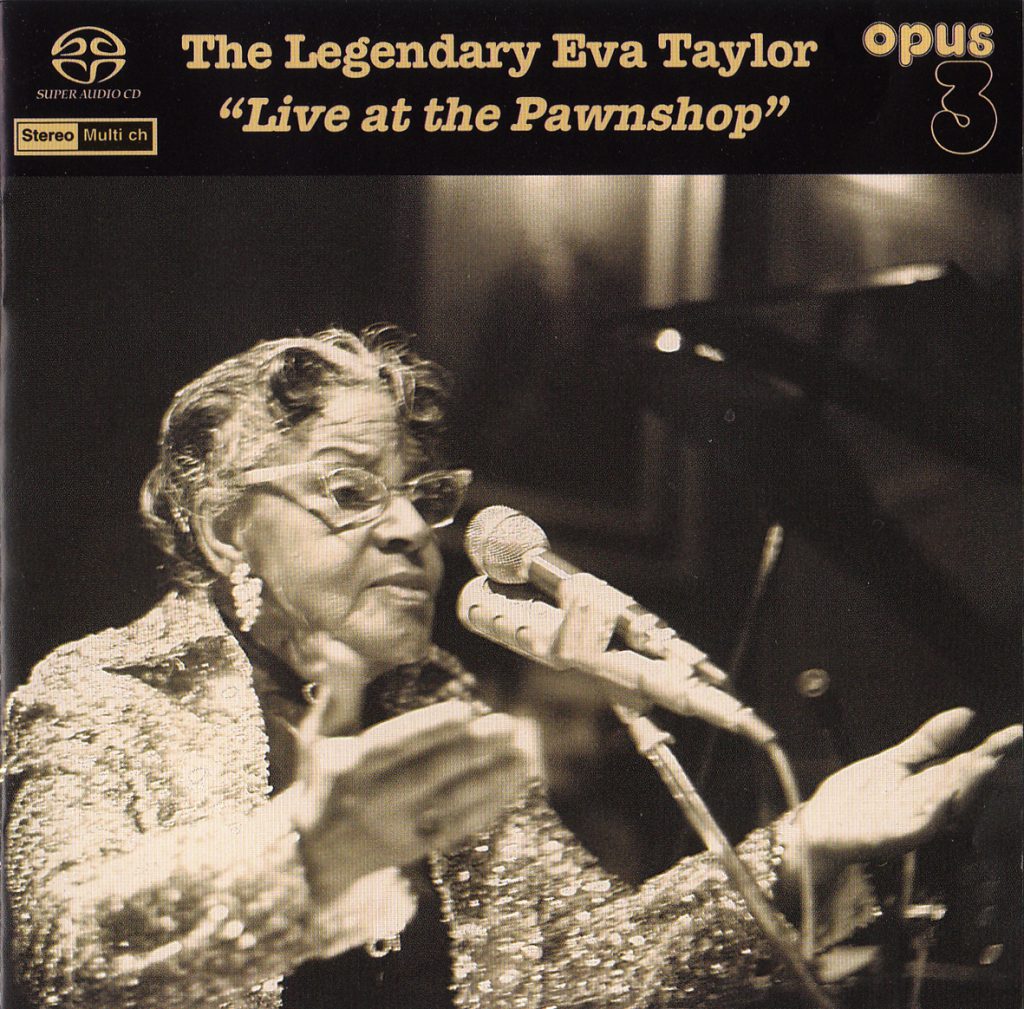 Inner: But that all means then that you’ve said goodbye to the Blumlein single point source stereo microphone recording technique which you used at the very beginning of Opus 3, … I mean either a crossed pair of figure 8 microphones or the so called MS-technique with one omni/cardioid plus one figure of eight microphone?
Inner: But that all means then that you’ve said goodbye to the Blumlein single point source stereo microphone recording technique which you used at the very beginning of Opus 3, … I mean either a crossed pair of figure 8 microphones or the so called MS-technique with one omni/cardioid plus one figure of eight microphone?
J-E: I have never used M/S-technique. What I have used a lot, particularly in the old days when the recording was done strictly in the analogue domain, was X/Y 90 degrees angled capsules with a stereo-microphone. There is plenty of info on this on our website. If you look at the CD-booklet of Beyond, you will find all the mics I have used for this recording: AKG C-24 as overhead on drums in cardioid position, AKG D-112 on the kick drum, Beyer Dynamic M-160, one of the best ribbon mics ever made, on Peder´s electric guitar speaker. On all acoustic guitars and also on extra added percussion I used Thuresson CM-402 Mono or CM-502 Stereo. CM-502 was also used on acoustic piano, and CM-402 on Upright Bass. On the Leslie speaker for the Hammond B-3 we had two Shure SM-76s for the upper stereo part of the Leslie, and Thuresson CM-402 for the bass part.
Inner: Do you still make use of tube microphones and tube electronics in order to keep the number of amplifier stages between the microphone and the storage medium in minimum?
J-E: I still use some tube mics, but the mic amp electronics are nowadays solid state. The brand is Thuresson, who´s condenser mics I‘ve also used for many years. The man is a true genius. He doesn’t market his products at all, but those who know him, and have used his products, know that this man knows what he’s doing!
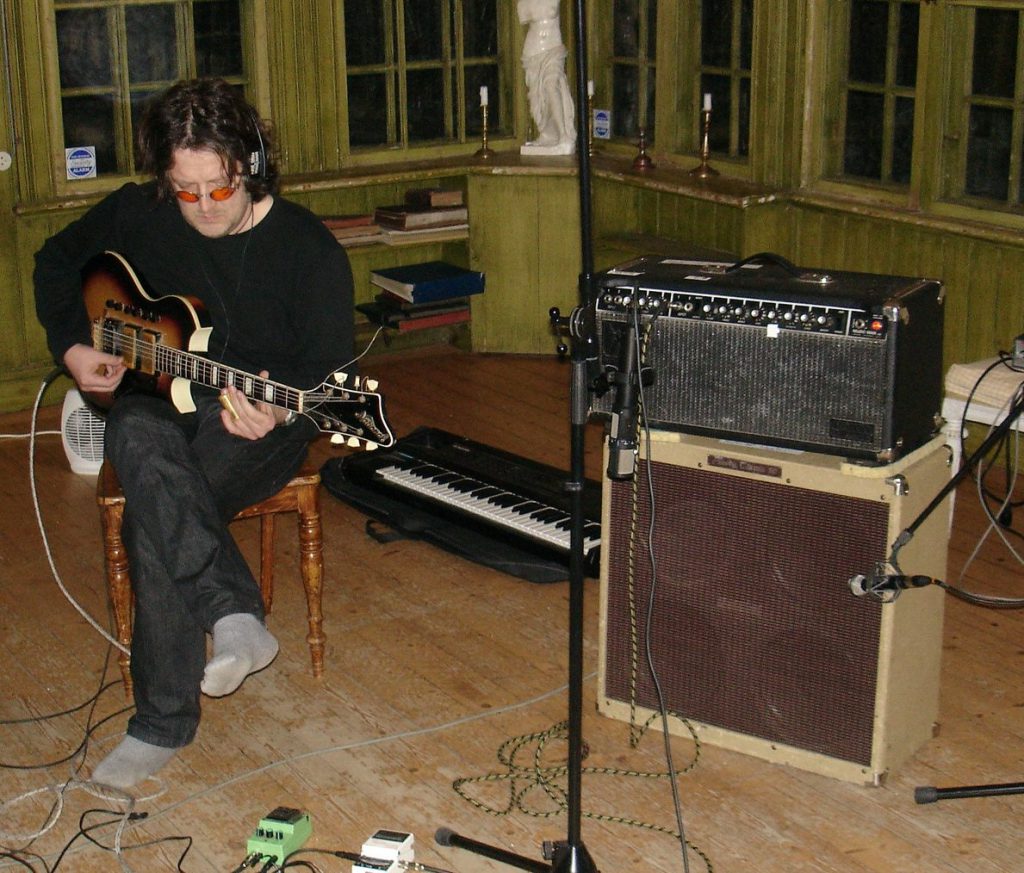
Inner: Is Peder really playing all the instruments by himself on Beyond?
J-E: Yes, it’s true, Peder plays most of the instruments himself so we made many overdubs.
Inner: How many tracks?
J-E: In this kind of system, you can use almost as many as you want. On average we used between 10-16, but on some tracks over 24!
Inner: Recording with twenty microphones must be a completely different enterprise than with a simple pair? What sort of learning process it was for you to achieve the same results with a greater number of microphones than with a minimal number?
J-E: Well, I have always known how it works with many microphones. That’s what I did before Opus 3 was born. My basic principle is still the same: never save on the microphones and always use the best mic for the job, and also, be very careful with the positioning.
The big difference is the mixing process and how to do it and here things can get very complex. Down the line, it is a matter of taste and what one wants to do … I mean, what musical picture one wants to paint!
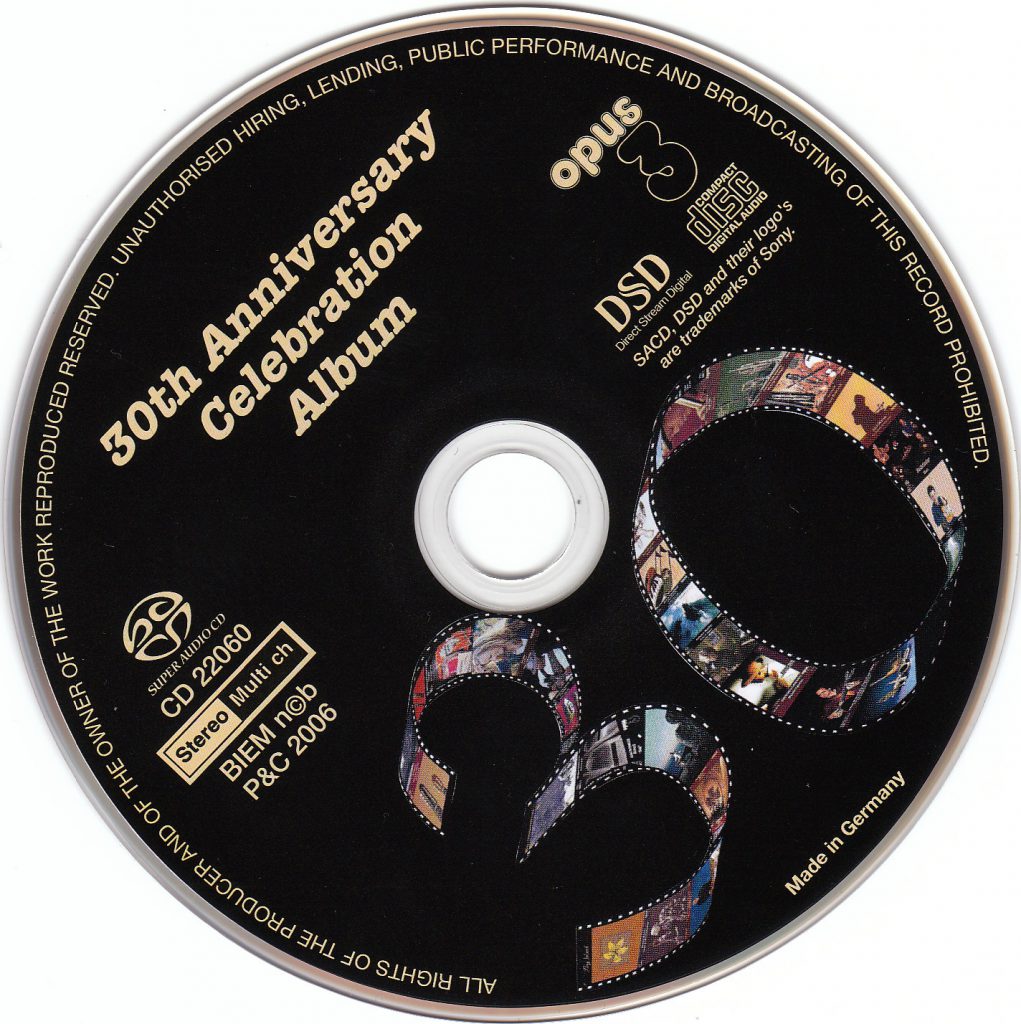
Inner: What do you mean?
J-E: To mix music is like painting a picture. It is a matter of taste and what you want to bring forward and convey to the listener. Actually, you never get ready, because you can always do it differently! If you just change the level and tonal balance on one channel, it will affect most of the other channels and consequently, you will end up with a new mix!
Inner: You said that multi-channel mixing can be complex but is it inherently more complicated than stereo mixing?
J-E: Not really. We do that at the Mastering Studio, Cutting Room with the TC-Electronic 6000 system. What we do is to “create” an atmosphere, so to say, that appears in the rear speakers only. A soft atmosphere that should give the listener a feeling that she or he is there with the musicians in a jazz or blues club.
Inner: Yes, that’s something I wanted to ask you. Is the “feeling of being there” really that important for the best enjoyment of the reproduced music? There are people who argue that the real contribution, the value added, of multi-channel recording to the reception of music is not that it enables the listener to feel that he or she is present at the concert event, that is, not the reproduction of the original ambient information but other properties of the sound such as the correct image depth, better dynamics etc. How would you comment on this?
J-E: I basically agree but if made and mixed correctly, a good multi-channel recording makes you feel more present and closer to the musicians in order to get the feeling of “getting more into the music”. But note that one should not be able to hear the rear speakers until you turn them off! … then the 3-dimensional space will disappear and we are back to “flat” stereo.
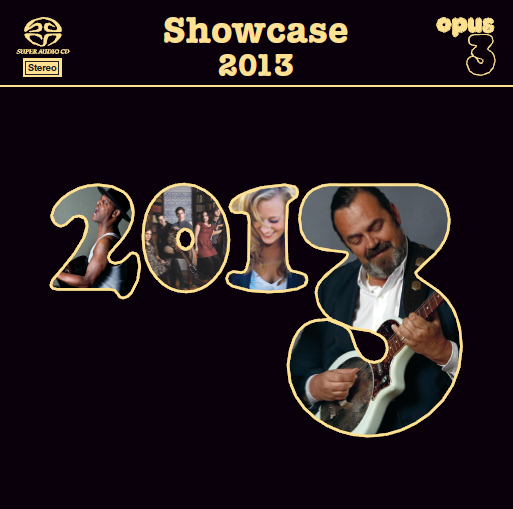 Inner: Honestly, Jan-Erik, is stereo really that flat? After all, we both know how the best stereo systems can sound nothing but ‘flat’?
Inner: Honestly, Jan-Erik, is stereo really that flat? After all, we both know how the best stereo systems can sound nothing but ‘flat’?
J-E: Compared to a good multi-channel recording it’s much flatter. The image depth is only more or less imaginary with an ordinary stereo, while in a good multi-channel system it feels more truthful to reality! But again, multi-channel made in the wrong way, then good stereo is much better!
Inner: A few years back I participated in Ray Kimber’s multi-channel demonstration … four mics hanging from the ceiling in the middle of the concert venue, isolated from each other by IsoMike baffles etc. etc. The music came straight from digital master tapes, and the sound was good, in fact it was very good, it was the best surround sound I’ve ever heard. And yet, when I went to the next room in which a stereo pair of Vitavoxes from the 50s were reproducing the signal coming from the Lamm tube electronics and from a vintage Thorens turntable, it was like in a heaven. Ray Kimber’s multi-channel sound was excellent, but not much more. The Vitavox system couldn’t convey equally well the ambience of the recording environment but the sound was closer to the spirit of the music played, or at least the spirit of the listener of the music. Can you see my point at all?
J-E: I have no experience of the Kimber system, so I cannot comment on that but I think I know what you mean by referring to the Thorens turntable – I still have my TD-125!!
Inner: You’ve written about the risk of over dynamics when a microphone is placed too close to the instrument. How dangerous it is factually, and can the degree of harm depend on the music too? I mean if non-natural dynamics serves some musical purposes as expressed in the score why not use it?
J-E: Well, first we must decide if we are talking about acoustic recordings in a real life environment like I did in the earlier days of Opus 3, or a studio recording, which I am mostly doing nowadays. To sum up, it is always best to position the mic, no matter what the recording idea is, so that you have to process the microphone signal as little as possible afterwards. And again, in the end of the day it’s largely a matter of what one wants to achieve. In this way the recording will always be more truthful to the musical reality.
Inner: If the recording, for instance those you’ve recorded in churches, contains lots of ambient information, then unless the listening room is adequately acoustically treated the sound from the speakers can become confused and indeterminate when it mixes with the sound of the room. Do you anticipate this in any way when you mix a recording?
J-E: Yes, it true that if the listening room has too much reverberation, it will confuse or destroy the ambience that is in the recording but it would be wrong to make a recording extra dry in order to compensate for an over-reverberant listening room, and besides, all rooms are different. My mixing studio is dry in a balanced way and made so that what you hear is what is recorded. This is the best way to make a good mix!
Inner: You’ve been lecturing on recording technique etc. at the Luleå University. Do you enjoy teaching?
J-E: It has been both fun and interesting to teach, and also a learning experience for myself. I’m sometimes being asked questions that I’d never ask myself!
IA: As to music, seems that interest in traditional jazz is dying out nowadays both in Sweden and elsewhere. If so, will Opus 3 continue to record classic jazz as before?
J-E: Yes, we will record some more classic jazz, but to a much lesser degree than before.
Inner: Your past selection of music and musicians has been quite ambitious. Is there a pressure to change the repertoire to a more commercial direction?
J-E: Absolutely not – I will continue to record the music I myself like! I have never been thinking and never will, in commercial terms. Peder af Ugglas music is one example and Eric Bibb another, and one should not forget the other fantastic guitar player: East, Best Östlund and his album ”Pathfinder”. We are also working on a new Tiny Island album!
Right now we have re-mastered, from our analogue tapes, a couple of recordings from the past and we have a lot of interesting on-going projects but unfortunately it’s too early to tell about them.
Inner: Will you continue to produce LPs in the future?
Yes, we will, definitely!
Inner: Many thanks for the interview, Jan-Eric!


